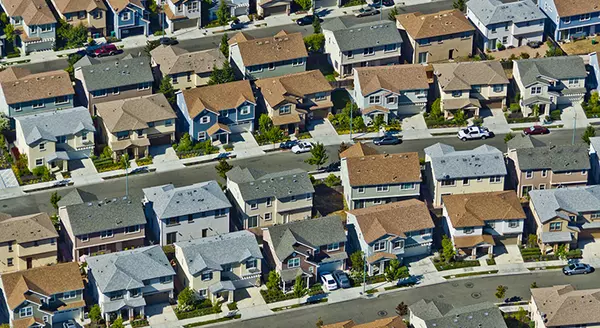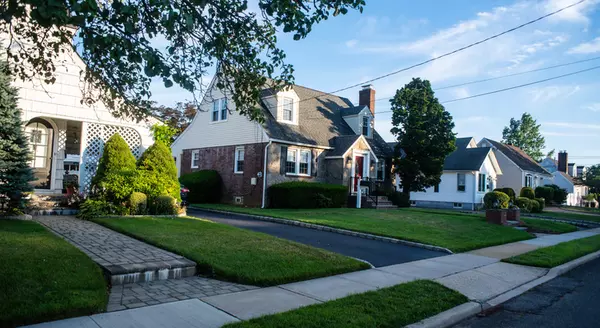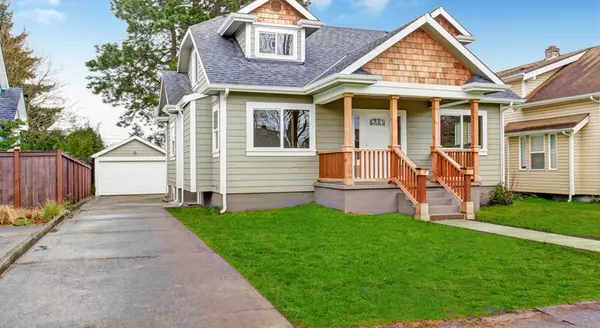
Owning Your Home Helps You Build Wealth
You may have heard some people say it’s better to rent than buy a home right now. But, even today, there are lots of good reasons to become a homeowner. One of them is that owning a home is typically viewed as a good long-term investment that helps your net worth grow over time.Homeownership Builds

Explaining Today’s Mortgage Rates
If you’re following mortgage rates because you know they impact your borrowing costs, you may be wondering what the future holds for them. Unfortunately, there’s no easy way to answer that question because mortgage rates are notoriously hard to forecast. But, there’s one thing that’s historically a

Homebuyers Are Getting Used to the New Normal
Before you decide to sell your house, it’s important to know what you can expect in the current housing market. One positive trend right now is homebuyers are adapting to today’s mortgage rates and getting used to them as the new normal.To better understand what’s been happening with mortgage rates
Categories
Recent Posts




![The Perks of Downsizing When You Retire [INFOGRAPHIC]](https://img.chime.me/image/fs/chimeblog/20240411/16/w600_original_836ddfd6-f200-43b2-87e4-3986fb88a0f4-png.webp)




![Top 5 Reasons To Hire an Agent When Buying a Home [INFOGRAPHIC]](https://img.chime.me/image/fs/chimeblog/20240406/16/w600_original_89136ac5-2349-4386-99f2-8acfd20f935f-png.webp)
